5 Colossal Cones: Biggest Volcanoes on Earth

What makes a volcano big?
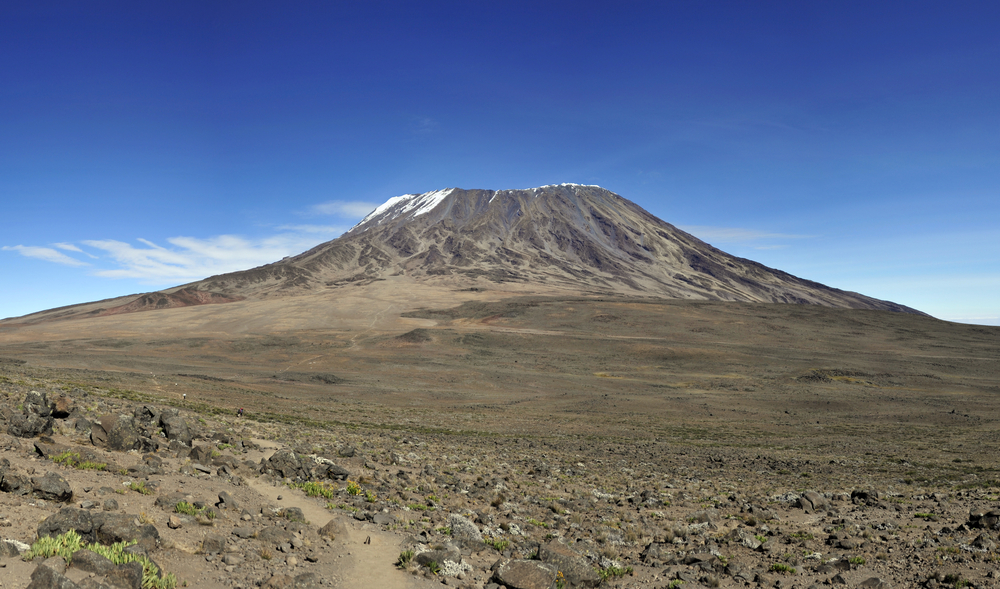
Forged from layers of lava, monster volcanoes may hide undersea or loom over land. These giant cones are often gentle giants called shield volcanoes — broad, low volcanoes formed almost entirely from runny, low viscosity lava. Taller, more explosive volcanoes usually destroy themselves with massive eruptions.
We admit that picking a list of the world's biggest volcanoes can be arbitrary, but LiveScience has narrowed the list by focusing on estimated volume, not height. By this measure, the newly discovered Tamu Massif, at the bottom of the Pacific Ocean, is at the top of the list. (But Tamu is only about 13,000 feet tall (4,000 meters), much shorter than Hawaii's Mauna Loa volcano, which towers 30,000 feet (9,170 m) above the seafloor.)
So, in no particular order, here are five of the largest volcanoes on Earth.
Tamu Massif
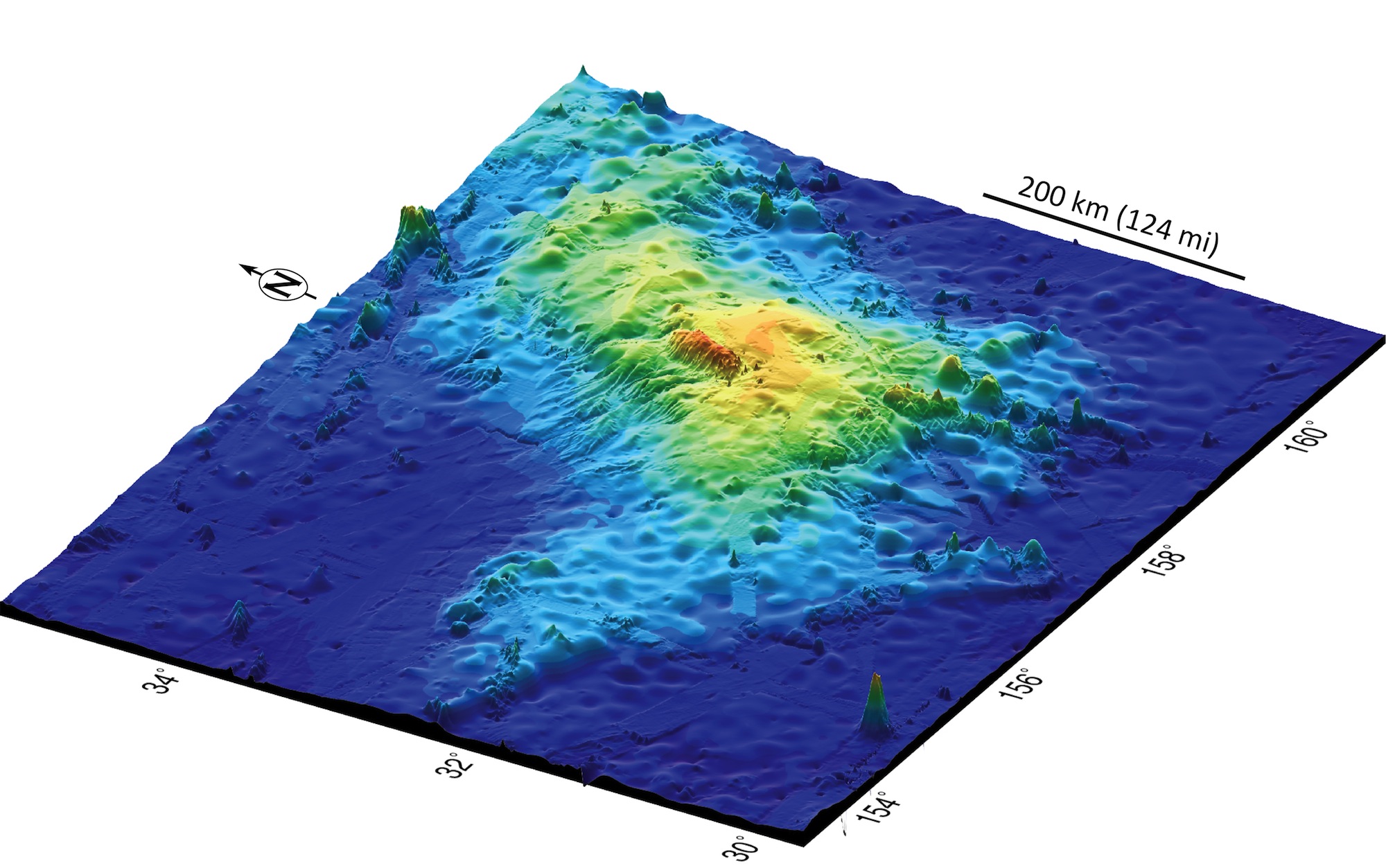
Volume: 600,000 cubic miles (2.5 million cubic km)
Tamu Massif handily earns its spot at the top of the list of the world's biggest volcanoes. So why didn't anyone know about until Sept. 5, 2013? The massive shield volcano sits under the Pacific Ocean, about 1,000 miles (1,600 km) east of Japan. It's part of a volcanic plateau called the Shatsky Rise, and only after two decades of research did scientists realize Tamu was a single volcano. It's that much bigger than any volcano seen before on Earth. But in height, Tamu hits only 2.5 miles (4 km), pretty average as volcanoes go. Tamu is extinct: Its last eruption was about 144 million years ago.
Kilimanjaro

Volume: 1,150 cubic miles (4,800 cubic kilometers)
The majestic Mount Kilimanjaro is Africa's most famous volcano. The sleeping giant is a composite of three volcanoes that tower above Tanzania and Kenya. Unlike most of the other volcanoes on this list, Kilimanjaro is an explosive, cone-shaped stratovolcano. The last major eruption was 360,000 years ago, but small craters at the summit could be less than 10,000 years old.
Get the world’s most fascinating discoveries delivered straight to your inbox.
Mauna Loa
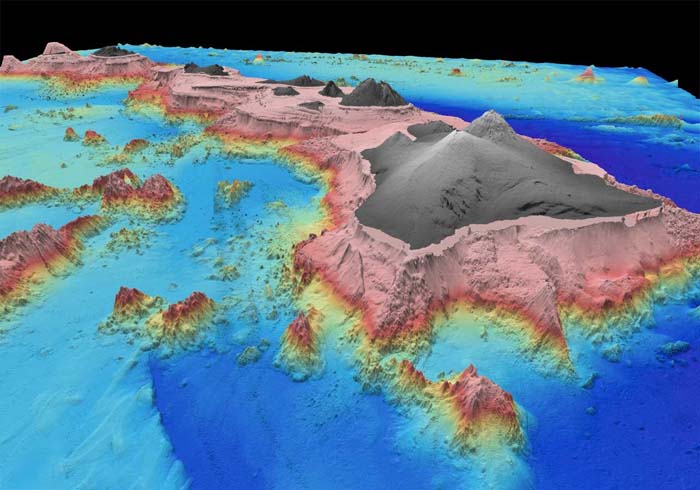
Volume: 9,600 cubic miles (40,000 cubic kilometers)
Mauna Loa is runner-up to Tamu Massif for the world's biggest volcano. Also an enormous ocean volcano, Mauna Loa is one of five volcanoes on the Big Island of Hawaii. Its most recent eruption was in 1984, and Mauna Loa has spewed lava 33 times in the past 170 years. Geologists estimate it took nearly 1 million years to build Hawaii, from the first time lava punched through the Pacific Ocean seafloor to the island we see today.
Ichinsky
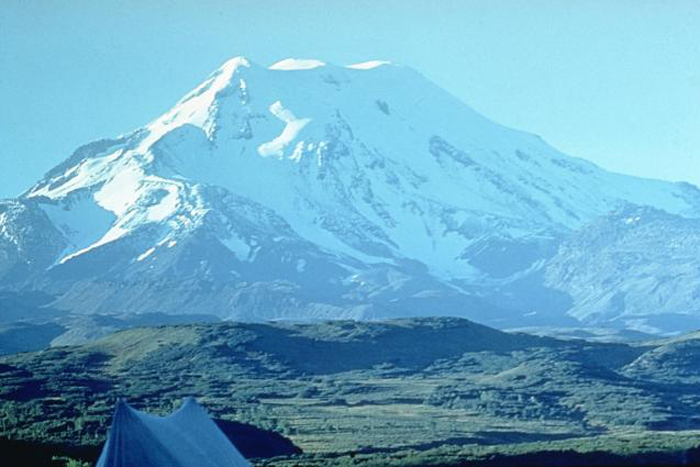
Volume: 110 cubic miles (450 cubic km)
Remote and rugged, Ichinsky volcano is one of the largest of 29 active volcanoes on Russia's Kamchatka Peninsula. Cloaked in glaciers and recent lava flows, the striking peak is also a stratovolcano. Explosive eruptions in the last 10,000 years tossed lava fragments and ash at least 9 miles (15 km) from Ichinsky's cone. Signs of past lahars, lethal mudflows from melted ice, snow and erupting volcanic material, also fill the valley below the mountain. Beautiful but deadly!
Sierra Negra
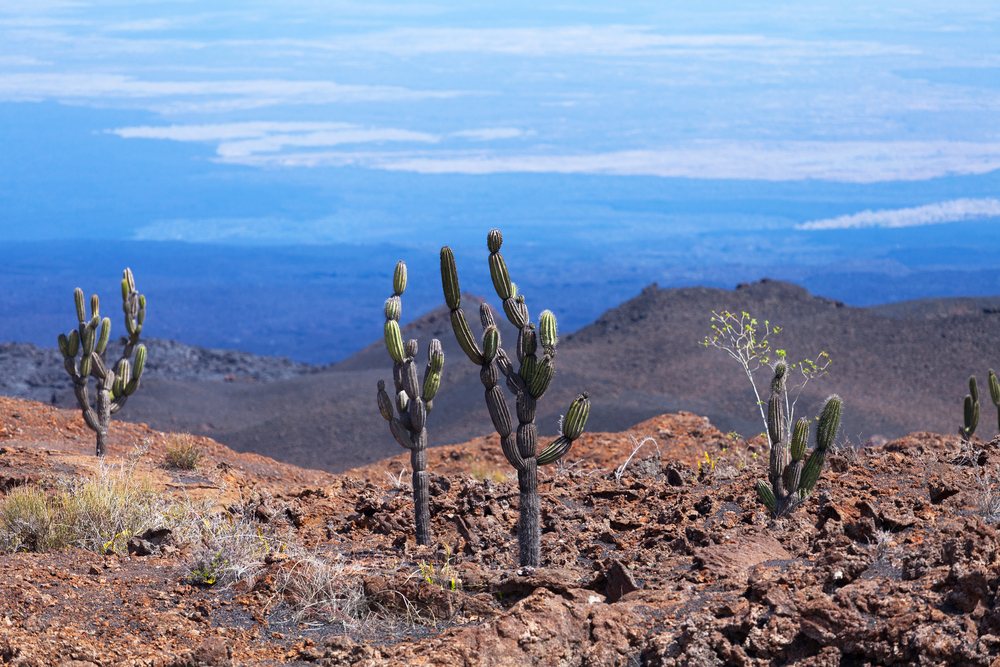
Volume: 140 cubic miles (580 cubic km)
The famed Galapagos Islands exist thanks to active volcanoes. In 2005, Sierra Negra, one of the biggest volcanoes in the Galapagos, blasted out a column of ash 25,000 feet (7.5 km) high. As with Hawaii's Mauna Loa volcano, Sierra Negra is one of several volcanoes that helped build Isla Isabela, the largest of the Galapagos Islands. The volcano has erupted more than 60 times since Charles Darwin visited in 1835.
Email Becky Oskin or follow her @beckyoskin. Follow us @LiveScience, Facebook & Google+.



